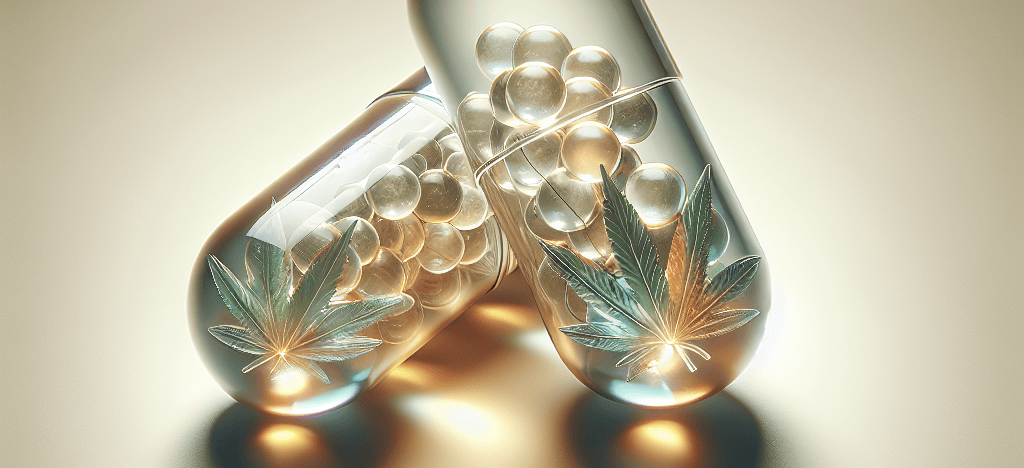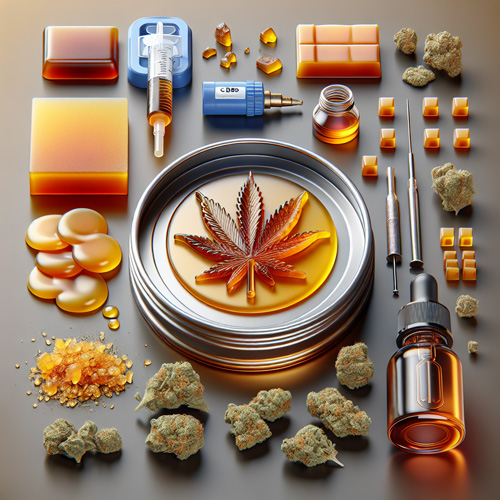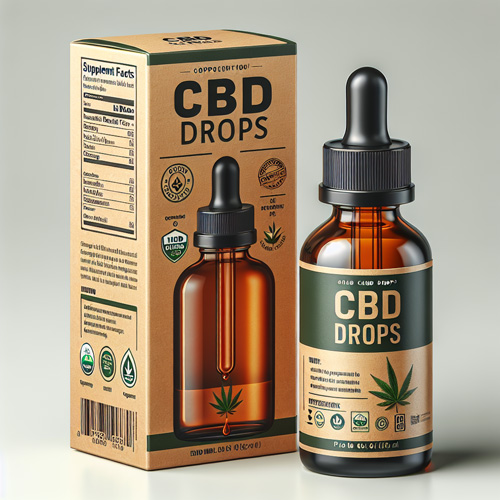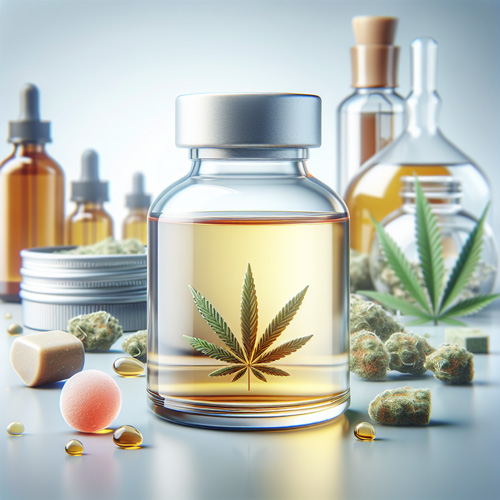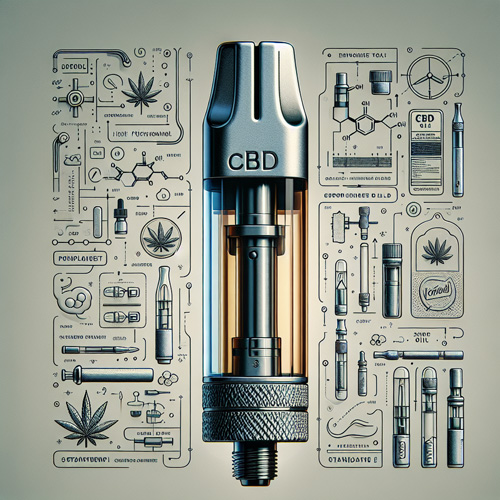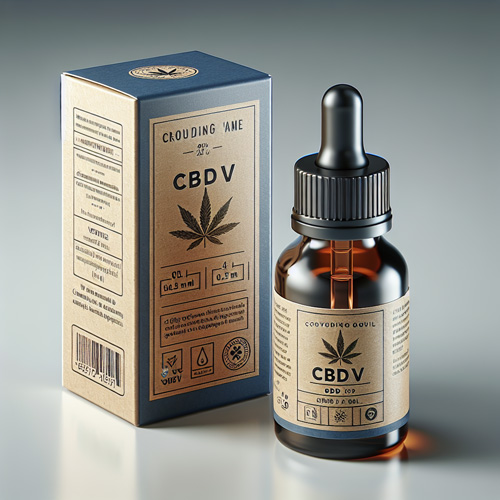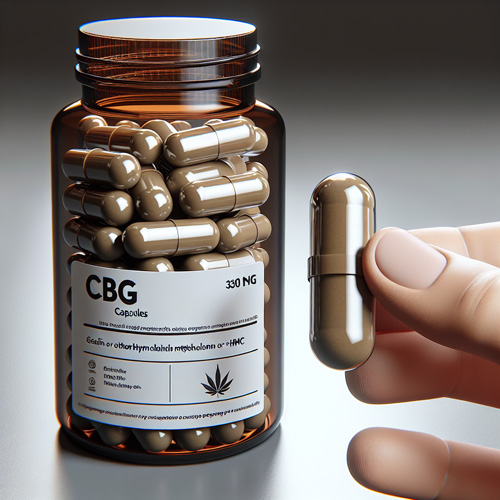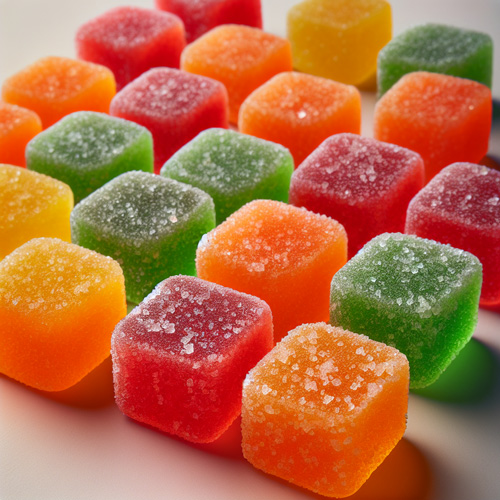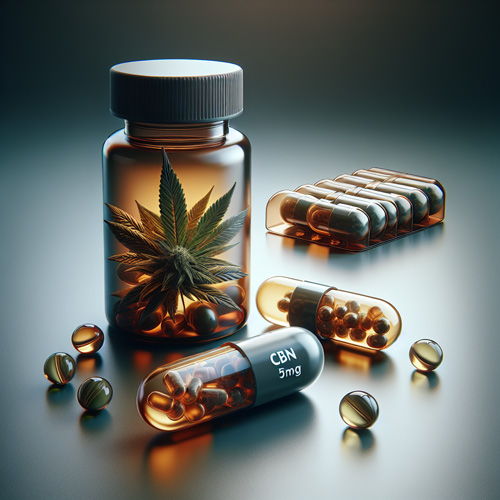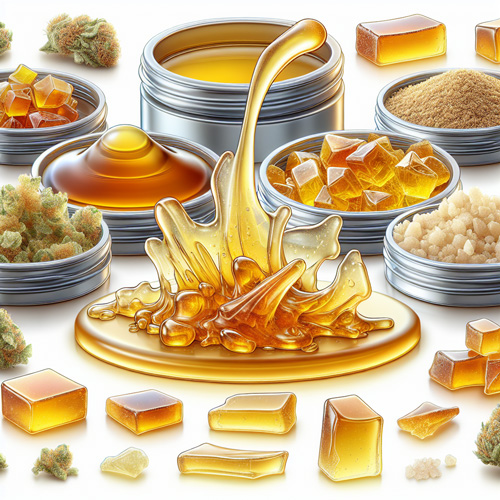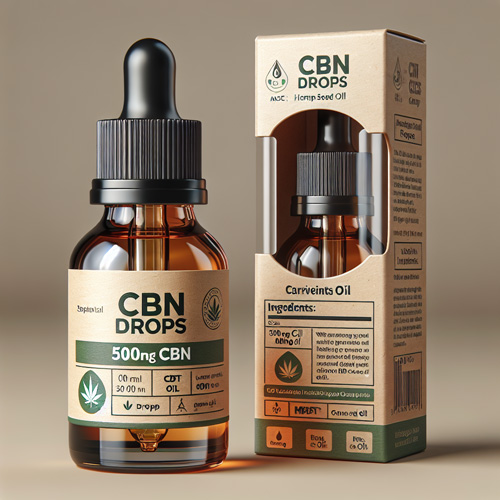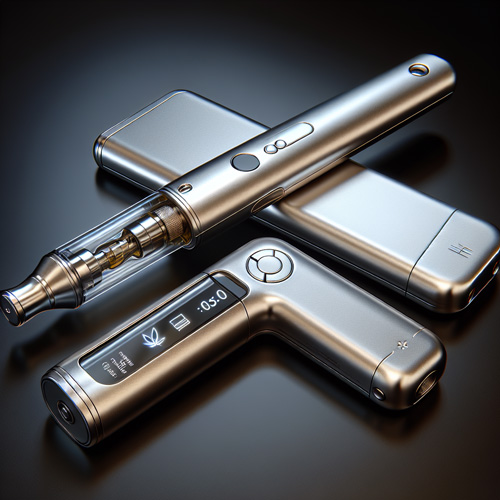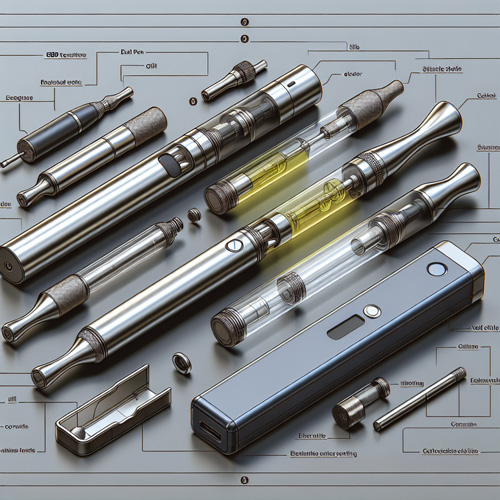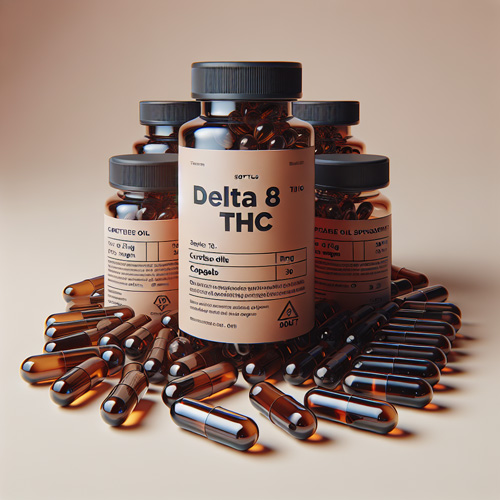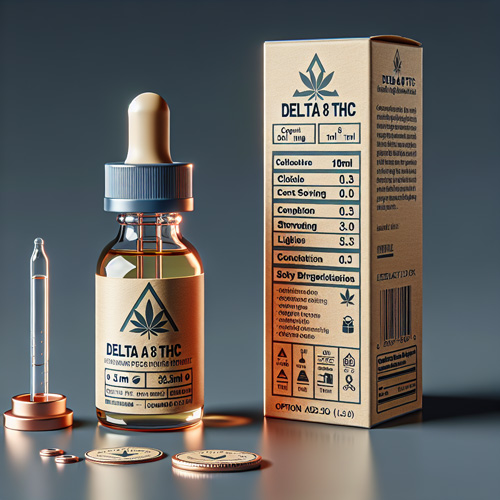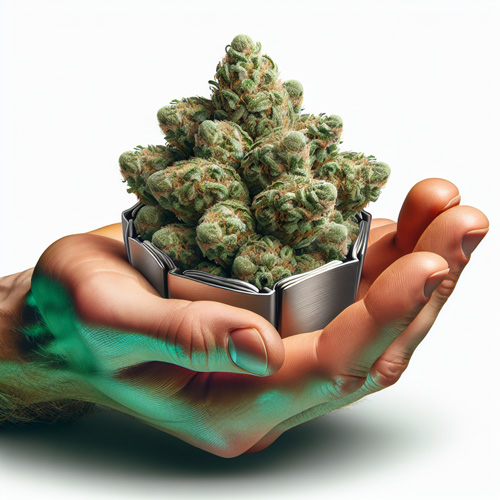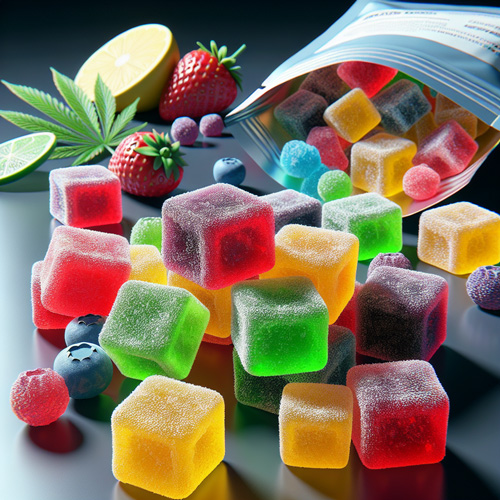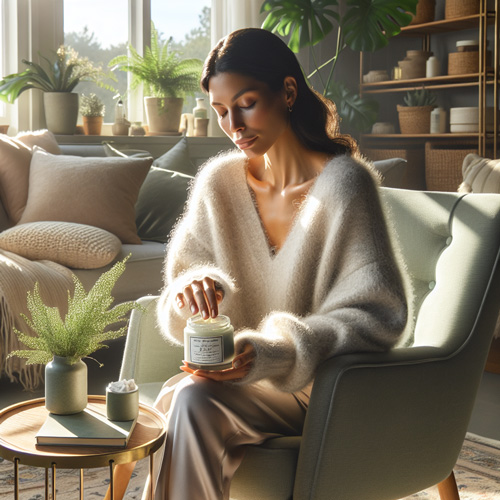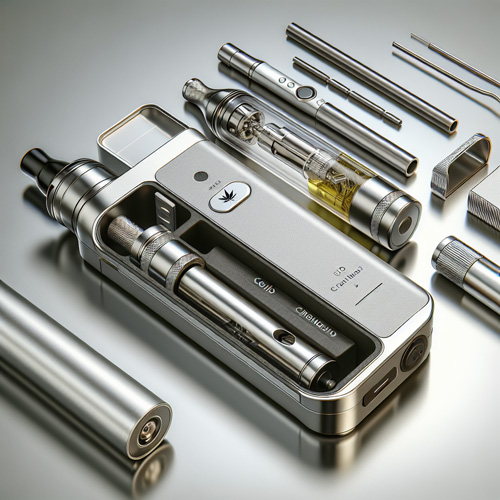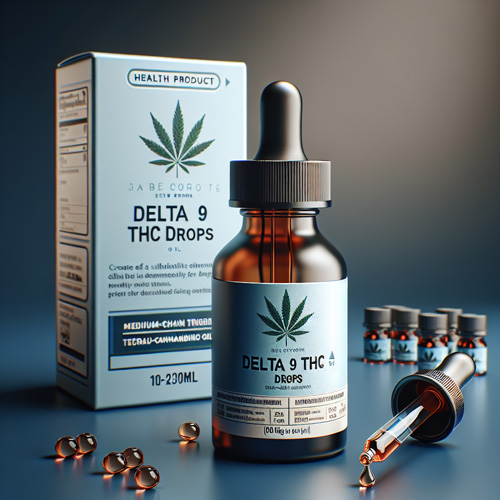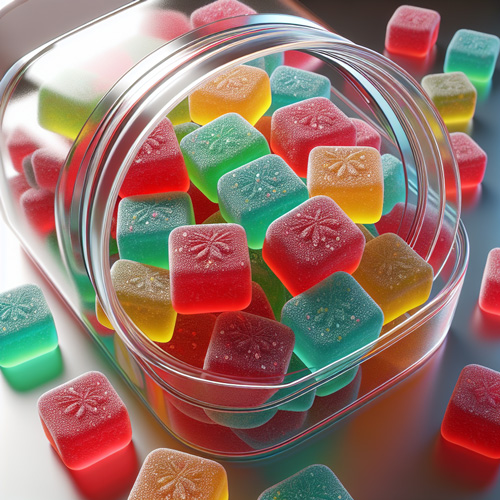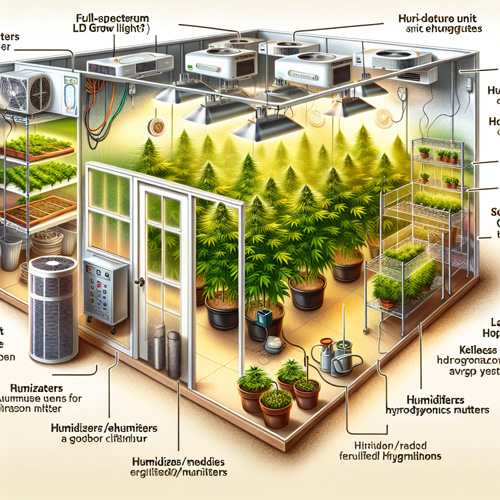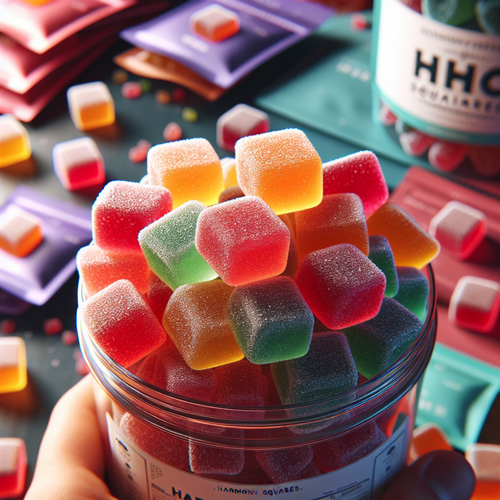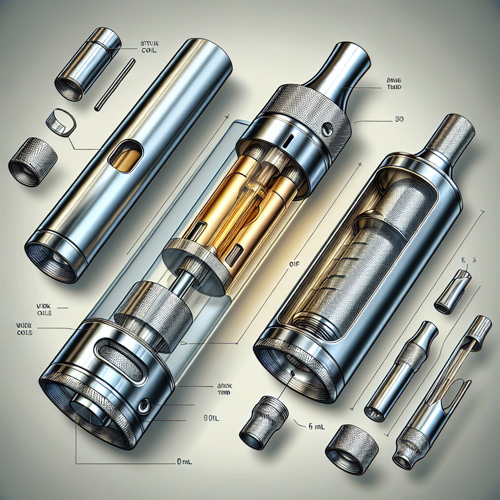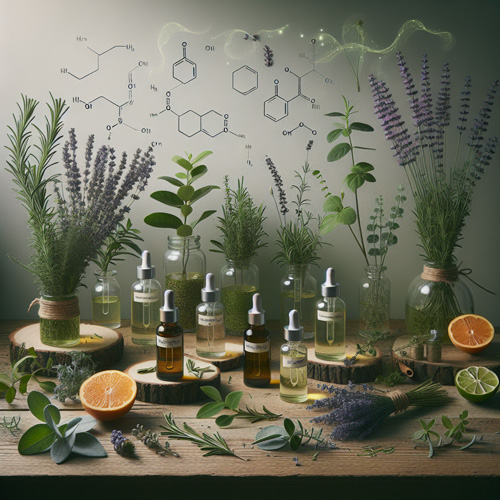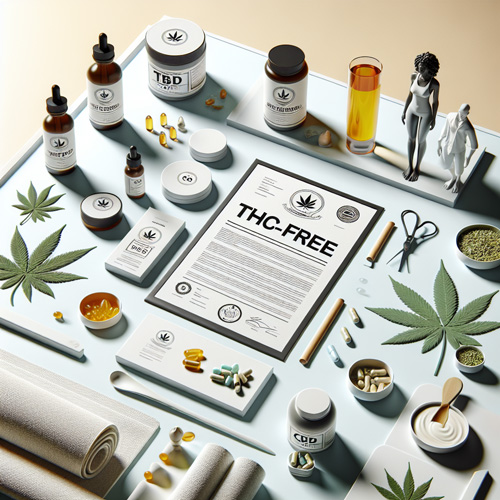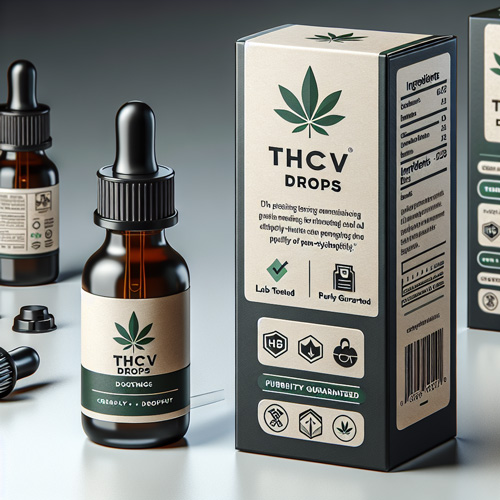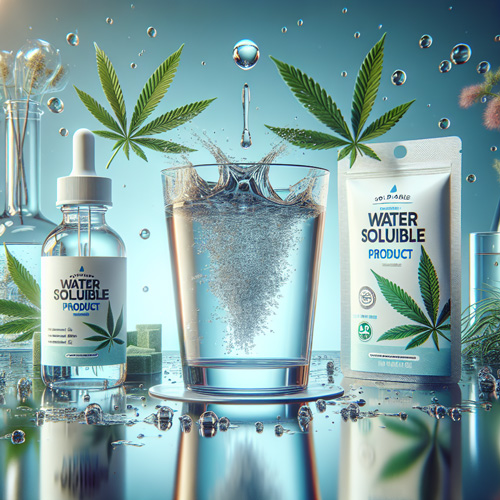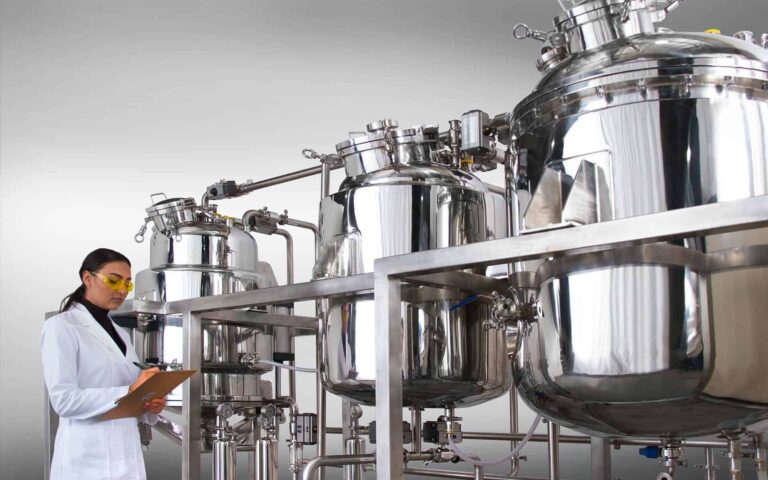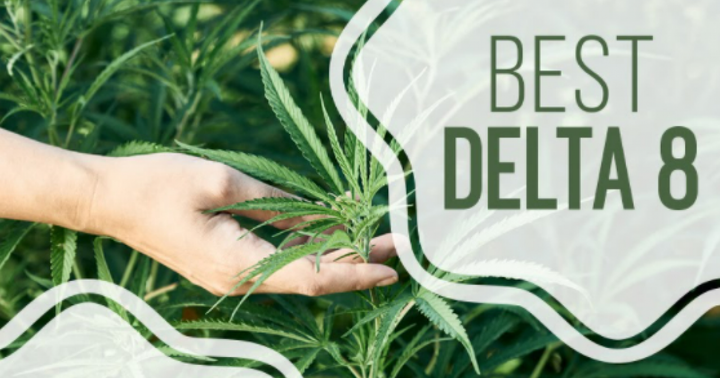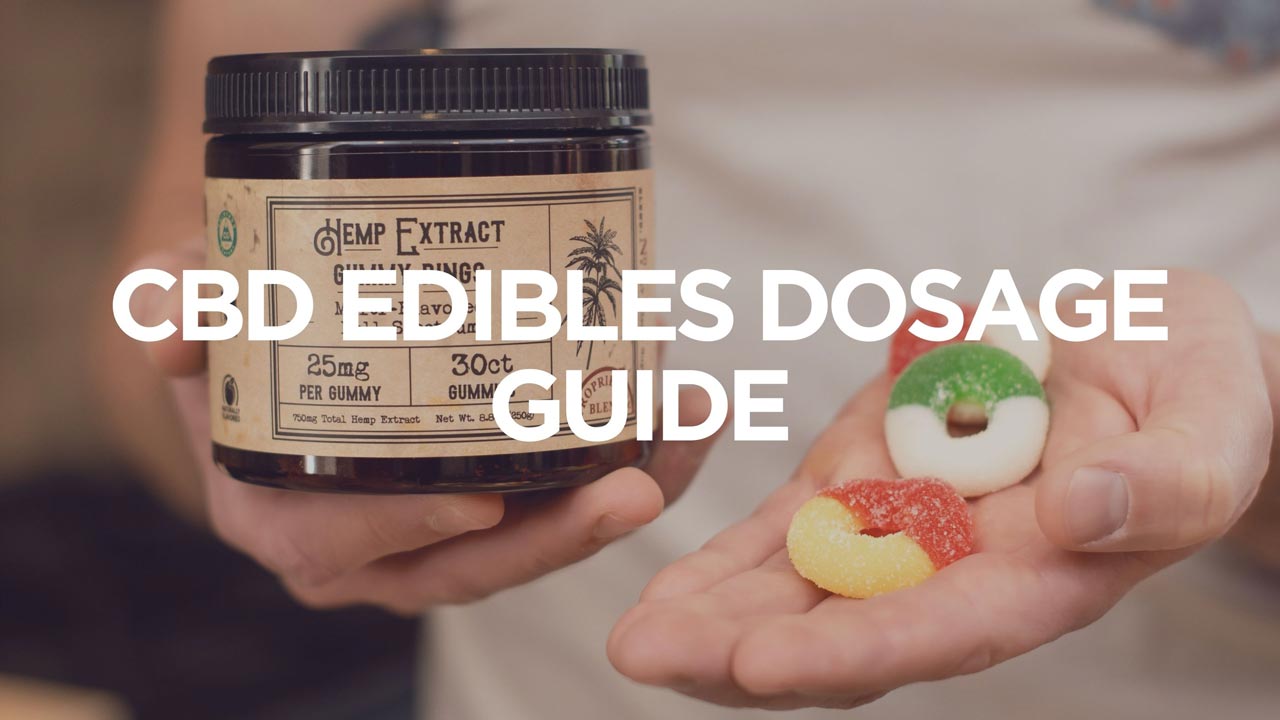
CBD Edibles – Dosage Guide
We prepared our CBD edibles dosage chart below just for you. And we constantly check and update our CBD edible dosage chart weight calculations because new blends and varieties of CBD products are hitting North American and European markets each month.
We prepared our CBD edibles dosage chart below just for you. And we constantly check and update our CBD edible dosage chart weight calculations because new blends and varieties of CBD products are hitting North American and European markets each month. That’s because cannabidiol, also known as CBD, is continuing to rapidly grow in popularity throughout these North American and European regions, primarily because of its potential health benefits.
Potential CBD Health Benefits
Loads of scientifically proven CBD health benefits are stated in that Sept 2021 report by Harvard University. And another benefit that many CBD lovers really like is the absence of THC’s psychoactive effects from these CBD products. After all, plenty of brands out there today in North American and European markets have no more than 0.3% THC (tetrahydrocannabinol).
And, more research studies are continuing to shed some light on CBD’s efficacy for a variety of use cases. This supports CBD’s predicted rise as a component of the daily health and fitness supplements of large numbers of Americans, Canadians and Europeans all around the world in the next couple of years. For instance, potential CBD pain relief and mental health benefits were reported in a 2021 study called “Cannabidiol use and effectiveness: real-world evidence from a Canadian medical cannabis clinic”, which was performed by Canadian health professionals. Their results were published at the Journal of Cannabis Research in Canada on the same year.
Variety of CBD Products This 2022
So as a consumer, you can pick from lots of CBD-infused, hemp and marijuana-derived products today. You’re advised to check our hemp products. These range from capsules and vape cartridges, to tincture oils and edibles among others.
But attempting to learn about the best and safest CBD dosage for you through edibles can still be quite complex, especially without a CBD edibles dosage chart. With this, here’s everything you need to know about CBD edibles.
That guide is designed to help you learn how to find the most suitable CBD dosage for your particular physiological condition. And, you’ll also get to know how to safely consume CBD edibles, all while enjoying some of the potentially beneficial effects to your body and mind as described earlier. Especially in tandem with the stuff in our CBD edibles dosage chart below.
CBD Edibles Dosage Chart
CBD edibles are not just fun and exciting to eat. Instead, they’re also rapidly becoming a highly convenient way to include CBD in our daily lives and benefit from its positive effects on our overall health and peace of mind. They’re also quite convenient, with each type of edible having its unique benefits. This is one of the many reasons why they’re now a popular choice among CBD lovers worldwide, especially in the U.S., Canada and many countries in the EU. But if you’re interested in learning more about CBD edibles, you likely have many questions about the dosage, what kind of effects they may have on the body, and so much more. So here’s our CBD edibles dosage chart, which we prepared just for you:
| WEIGHT OF INDIVIDUAL | MILD SYMPTOMS OF PAIN/CONDITION | MODERATE SYMPTOMS OF PAIN/CONDITION | SEVERE SYMPTOMS OF PAIN/CONDITION |
|---|---|---|---|
| 100 lbs./45 kilograms | 10 milligrams-15 milligrams | 30 milligrams-35 milligrams | 60 milligrams-65 milligrams |
| 150 lbs./68 kilograms | 15 milligrams-20 milligrams | 45 milligrams-50 milligrams | 90 milligrams-95 milligrams |
| 200 lbs./90 kilograms | 20 milligrams-25 milligrams | 60 milligrams-65 milligrams | 120 milligrams-125 milligrams |
| 250 lbs./113 kilograms | 25 milligrams-30 milligrams | 75 milligrams-80 milligrams | 150 milligrams-155 milligrams |
Why Should There be Different CBD Doses for Each Person?
The reason why CBD is so unique is there isn’t a single concrete dosage that works for everyone. In this 2017 CBD research study, experts learned that various people can actually respond in so many ways when it comes to different doses of CBD. The way you and your body experiences CBD will also vary, depending on certain factors such as:
- Your body weight
- Body chemistry
- Metabolism
- What kind of CBD product do you ingest (Isolate, Broad Spectrum, or Full Spectrum)
- The concentration of the product.
And because of this reason, starting your CBD journey with a small dosage then slowly increasing it over time by consuming more edibles is the best way to go. And as you gradually adjust your daily CBD dosage, it’s a good idea to observe the effects you’ll experience after ingestion.
Experts at Healthline Media recommend in this post that you start off with around 30 milligrams per day, then slowly increase it by a few milligrams at a time. Small 5 milligrams of CBD-infused chocolates or gummies are actually the quickest when you want to increase your CBD dosage over time.
How to Determine the Best CBD Dosage for Your Particular Physiological Condition
When considering the serving size of any CBD product, the measurement is always expressed in milligrams. Your CBD dosage will all rely on the symptoms and conditions that you want to try and possibly relieve, as well as your body’s endocannabinoid system.
And remember, each person’s endocannabinoid system works differently. Our endocannabinoid system is often associated with behavior, motor control, the nervous system, emotions and homeostasis. There have also been several studies, such as the 2017 study mentioned earlier, which indicate that each person’s tolerance to CBD is very different.
And also as described earlier, medical professionals at Healthline Media recommend starting with smaller doses and just gradually ramping up as your body builds tolerance to the effects of these CBD products. The starting point with your CBD journey could be in the form of a drop of oil, or half a CBD gummy.
CBD Edibles Dosage Calculator
If you’re still unsure where to start, then there are now things called online dosage calculators. These can help you figure out your usage goals, and any symptoms you may have. Some of them even have questionnaires for visitors, and this can further help you in learning which CBD product suits you.
So again, as mentioned earlier, the reason why CBD is so unique is because not a singular universal dosage works for everyone. Not only do people have their own reasons for taking CBD regularly, but the way each individual uses CBD through their body’s endocannabinoid system can also vary.
And when taking CBD edibles, your body can also respond in various ways, just like when you take regular CBD. That’s because the way you experience CBD can depend on plenty of factors, such as your metabolism, body weight, body chemistry, the concentration of a product, or whether the product itself is Full Spectrum, Broad Spectrum or a CBD Isolate type.
Calculating Your Dose When Taking CBD Edibles in Gummy or Soft Gel Form
Whenever you consume CBD gummies, or even soft gels and capsules, each dosage of the product is usually expressed per unit. For instance, there could be around 50 milligrams of CBD in each gummy. But these products usually don’t provide you with plenty of dosage flexibility, because it’s quite difficult to split capsules, pills or gummies into half.
For example, let’s say one soft gel capsule doesn’t give you the results that you want. Then, this means you’re likely to decide taking another capsule. This doubles your dose, without you being aware of the effects that you should expect.
Calculating Your Dose When Taking CBD Edibles in Liquid Form
Meanwhile, CBD oil makes it so much easier for you to measure doses. As mentioned, it’s always good to start with a smaller dose. But calculating the amount of CBD oil dosage could be less straightforward.
Also keep in mind, tincture oils usually come in a tiny bottle with a dropper, with only the total liquid volume and the amount of CBD listed on the product’s packaging. So as an example, the label might state that a 30 milliliter bottle of tincture oil contains over 1500 milligrams of CBD.
But how much is 1 milliliter, anyway? Calculating the right dosage can be risky. When trying out CBD for the first time, you can begin by figuring out the volume of just one drop inside the tincture dropper, which has a dosage of 0.05 milliliters. And if you’re still unsure, don’t hesitate to call the store where you bought the product, or even its manufacturer’s support team.
3-Step Process to Get CBD Content Per Drop of Liquid Product
Now let’s do some basic math. Suppose a 30 milliliter bottle contains over 1500 milligrams of CBD. On the other hand, let’s say a single drop has 0.05 milliliters.
Step 1: Get the CBD content per drop of the product.
- Divide the bottle’s total CBD content (in milligrams) by the total volume of its liquid content (in milliliters).
- And for the example mentioned above, that would be 1500 milligrams divided by 30 milliliters.
- This equals to 50 milligramsper milliliter.
- So this means the bottle has over 50 milligrams of CBD per milliliter.
Step 2: Get how many milligrams of CBD are in a single drop.
- Multiply its CBD content per milliliter (in milligrams) by the volume of one drop (in milliliters).
- That’s Fifty milligrams multiplied by 0.05 milliliters.
- And this shakes out to 2.5 milligrams per drop.
- So this means each drop has over 2.5 milligrams of CBD.
Step 3: Calculate number of drops to reach your recommended daily CBD dose.
- Let’s say you want to consume 25 milligrams of CBD per day.
- Divide your desired daily CBD content intake (in milligrams) by the CBD content of one drop — Remember, we got the latter from step 2 (also in milligrams).
- And that’s 25 milligrams divided by 2.5 milligrams per drop.
- This equals to 10 drops of oil per day to get your desired 25 milligrams of CBD.
So by using this CBD dosage calculator as a helpful guide, you just learned that you’ll get 25 milligrams of CBD by using around 10 drops. And since you want to use 25 milligrams of CBD per day, then this also means the bottle we used in our sample exercise will last for 60 days.
Though take note, some CBD manufacturers already do this math for you. They print in the labels of their products how many milligrams can be found in a milliliter. In fact, there are CBD oils where the product has marked those points on the dropper itself, so you’ll know how much tincture oils you’re taking.
How Do You Take CBD Products?
Some of the more popular methods of ingesting CBD include:
- Oils and tinctures – A tincture extracts a plant material dissolved in alcohol or chemicals. This is a CBD-infused liquid that comes with a dropper.
- Gummies – Soft and chewable candies that usually come in fruit flavors.
- Capsules – A soft gel or tablet ingested as capsules that you can swallow with or without water.
- Concentrates – A CBD oil extract (like dabs or wax) that can be heated without fire or ignition. This often results in an inhalable vapor.
- Sprays – Liquid that comes in a bottle with a nozzle. It is usually sprayed into the mouth.
- Drinks – A CBD-infused beverage, often with hemp plant extract
- Flower – A dried hemp plant, ignited and smoked.
- Edibles – Any food infused with CBD oil, including chips, cookies or brownies
The CBD product of your choice all depends, of course, on your personal preferences, together with your budget. This is because the product’s price will vary depending on how potent it is, how they’re manufactured, and ingredients and processes used. Each type of product can also provide you with several varieties in terms of bioavailability levels. Bioavailability is defined as the amount of CBD product that gets absorbed into your bloodstream, letting you feel its full effect. For instance, if you consume 10 milligrams of CBD through a milliliter of liquid, then your body ends up absorbing 60 percent of it, or around 6 milligrams.
CBD and other cannabinoids usually have lower levels of bioavailability when compared to other non-CBD substances. But if you consume a CBD product with an emulsifier like egg yolk (cookies and brownies) or lecithin (gummies), then bioavailability is likely to be at much higher levels. Also, keep in mind that ingesting CBD through gummies, or other edibles, could take a while for effect to happen because the CBD has to go all the way to your digestive system to be absorbed then broken down.
Should I Take CBD Gummies?
Gummies have been popular for many years because it is a cross between candies and health supplements. And since its inception, gummies have since turned into a standard form of delivery for all-natural products that can provide supplemental nutrition. So as CBD edibles started growing in popularity over the last couple of years, CBD gummies naturally grew in popularity as well.
A gummy is a sweet and chewy candy infused with CBD. Certain CBD gummies utilize CBD isolate types for infusing, while others use the Full Spectrum version instead. Full Spectrum CBD means that it contains a host of other nutrients and cannabinoids that, in turn, contain beneficial effects. But using Full Spectrum usually means that it picks up trace amounts of THC as well – AKA the cannabinoid that makes people high. This is why companies who create CBD gummies only use pure CBD isolate in their products, without any other components coming from the hemp plant.
Are Full-Spectrum CBD Edibles Just as Good as CBD Isolate Edibles?
Learning more about the difference between Full-Spectrum CBD edibles and CBD Isolate edibles is very important. But what is the difference between a Full Spectrum CBD and a CBD Isolate, anyway? CBD Isolate is pretty much cannabinol in its purest form. Meanwhile, Full Spectrum CBD is a hemp extract that includes not just CBD itself but plenty of other constituents of the hemp plant. This includes THC and other cannabinoids like cannabigerol (CBG).
An edible crafted from CBD Isolate is excellent for those who don’t want even just the tiny amount of THC in their edibles. Of course, the amount of THC found in a Full-Spectrum CBD product is still marginal. This means that the THC in the product should only be below 0.3%, so it stays within the legal limits as mandated by American, Canadian and European governments. It won’t give you a high associated with marijuana use when you ingest it.
Full-Spectrum CBD products, or even other hemp-based products, are so popular because the components of a hemp plant can work alongside each other or give each other support to bring in more benefits. This collaboration in your body is known as the Entourage Effect.
What Are the Effects of CBD Edibles?
Each person has their own different experience after ingesting any CBD edible. However, plenty of them will feel relaxed and confident to face any stress they may have during the day. If you ingest a CBD edible, then you could expect the effects to start working within an hour or even longer than that. Plus, because this is a CBD product, it won’t leave you feeling intoxicated or high – Unlike THC, it doesn’t have any psychoactive effect. Other common feelings after consuming CBD edibles include slight drowsiness or prolonged periods of relief.
How Much CBD Edibles Should You Eat?
Simply put, “edible” is described as something you eat in this context. It’s a popular term among CBD and THC consumers. But CBD edibles themselves are different from the average cannabis-infused goodie. Many CBD edibles don’t come with THC, making their effects more manageable, especially for those who aren’t interested in getting high.
CBD Edibles in the Form of Gummies
One of the good things about edibles is that it’s quite easy for you to know exactly how many milligrams of CBD you should consume. CBD gummies themselves are an excellent example, and learning how much you should eat can be very easy. For instance, the average CBD gummy contains around 10 milligrams of CBD. If it’s only your first time-consuming CBD edibles, then you’re recommended to try consuming two gummies then pop the third one in your mouth to increase your dose to your liking.
Are CBD Gummies and Hemp Gummies the Same Thing?
It depends on the brand you buy. In 2018, the Farm Bill officially deemed CBD products legal at the federal level, as long as it’s made from hemp and not from marijuana. It’s still okay to call CBD gummies hemp gummies because CBD, after all, is usually derived from hemp.
However, do be careful of marketplaces like Amazon, as many do not allow for CBD rich products to be sold. They do have products listed like hemp gummies, and those are made using hemp seed oil, which is much different than using a hemp extract. They are also marketed deceptively, using terms like full spectrum and labeling products having a certain number of milligrams of hemp, NOT cannabidiol.
CBD Edibles in the Form of Chocolates
Just like CBD gummies, CBD-infused chocolate is quite simple, straightforward and enjoyable to consume. This is an excellent breakdown in regards to how much CBD should you take, not just with CBD chocolate, but all CBD edibles, for that matter:
- 50+ milligrams is already too large of a dose of CBD to consume daily.
- 20 to 30 milligrams is the standard single serving recommendation of CBD products.
- 50 to 10 milligrams is an adequate amount for individuals still new to CBD products or only need a small amount for it to take effect.
CBD Gummies vs CBD Oil — What’s the Difference?
Are CBD edibles actually better than CBD oil? Since the cannabis industry is booming, there are now more types of cannabis-infused products becoming readily available in the market. No matter if you prefer to smoke cannabis or ingest it as an edible, there are so many options to choose from today. There has also been increased demand for edibles, and even non-consumable products like topical creams and other products. State laws and the general public’s attitude when it comes to cannabis are continuously changing, allowing CBD-infused products to be sold both online and in retail markets. Some individuals who want to purchase CBD products might wonder which one is the best, and it always comes down to CBD oil vs. CBD edibles.
What Are CBD Edibles?
A CBD edible is a type of product that includes CBD. They’re consumed similarly to other food products, and come in several different forms. This includes beverage enhancers, gummies and chocolate bars. Since there’s not much THC content in these products, the average CBD edible doesn’t cause any altering effect when it comes to cognition.
Plus, CBD edibles are usually different from edibles infused with THC. A THC edible comes with certain perceptible effects like drowsiness or fatigue.
Advantages of CBD Edibles Over Other Types of CBD Products
Certain CBD consumers might enjoy edibles more for a variety of reasons. First, it’s a great way to ingest CBD. You can store these candies and gummies for travel and later consumption. There’s also been reports that CBD edibles can help smokers quit. One more advantage is that CBD oil contains a more pleasant taste. CBD oil has been described as having a nutty, grassy and earthy flavor, with a bitter aftertaste which might be off-putting for some people. But you can still get rid of CBD oil’s aftertaste by including it in your drinks and meals. This can help mask its flavor.
Meanwhile, CBD edibles like gummies can come in several delicious flavors. Adding sweetness in gummies can make the products easier on the palate.
What is CBD Oil?
CBD oil provides some of the benefits that CBD edibles also offer. You won’t get intoxicated from consuming CBD oil, and it’s very convenient to use while traveling. But a huge difference between these two types lies in how they’re used.
You can consume CBD edibles directly, or add it into your drinks, depending on the product. On the other hand, CBD oils are basically just CBD extracts combined together with a carrier oil, which is ingested sublingually (below the tongue) using a tincture bottle and a dropper.
Advantages of CBD Oil Over Other Types of CBD Products
Both CBD edibles and oils are a great way for you to consume CBD when you’re always on the go. But ingesting CBD oil, especially below the tongue using a tincture, isn’t really that discreet of a consumption method as eating a CBD-infused cookie or gummy when you’re out in public.
Another advantage that CBD oil has over edibles is that it’s got a greater bioavailability when you ingest it sublingually. Bioavailability is known as the degree and rate in which a certain drug or any substance (such as cannabidiol) is absorbed by the body. And as mentioned, the bioavailability of a CBD product depends on how you consume it.
CBD itself has a pretty high bioavailability rating, somewhere between 34 to 46%. And when you consume CBD oils sublingually, it’s said to contain a bioavailability rating of around 13 to 19%. Meanwhile, consuming CBD products orally actually gives it a lower bioavailability rating of as low as 6%.
One more advantage is that the effects of CBD oil happen much quicker than CBD edibles. When you consume CBD oil sublingually, it’ll only take around 20 minutes at maximum for you to start feeling its effects. Meanwhile, when you consume CBD orally, it’ll take a minimum of 30 minutes and a maximum of 120 minutes for the effects to happen.
So Which is Better — CBD Edibles or CBD Oil?
CBD edibles and oils give you plenty of disadvantages and advantages regarding the way you ingest them. When you have to decide which method is better, you need to consider several factors first. These factors include ease of use, as well as accessibility. You must also look at the shelf life of your chosen product, as well as your preferences when it comes to the amount of CBD it contains, as well as its taste.
Simply put, life situations and personal preferences do factor a lot when it comes to choosing if CBD oils or edibles are the best one for you. And even though some might prefer oils over edibles or vice-versa, just think about which product fits better with your lifestyle.
Frequently Asked Questions About CBD Edibles
Can You Ingest Too Much CBD?
Also, take note that in some of the recent CBD usage studies mentioned earlier, you’ll see that the average dosage that people consume can reach hundreds of milligrams per day. This sounds quite severe in comparison to our earlier example of 25 milligrams. But experts who published the aforementioned reports say participants at their clinical trials quickly dealt with just very mild flare-ups, compared to those who purchased their CBD products from dispensaries.
How Are Gummies Made?
And in the case of CBD-infused gummies, what exactly are those ingredients? One of them is pectin, which gives these CBD gummies their distinct, chewy texture. Pectin is usually found in the inside cell walls of fruits. When making regular jam, jellies or marmalade, in which sugar water is added to fruit mash, it ends up gelling and acquiring that signature texture. In modern times, this becomes isolated, allowing makers to create stiffer fruity products like gummy candies and jellybeans.
Afterwards, ingredients like flavoring, oils and sweeteners are added to the recipe. The number of ingredients varies according to the product’s manufacturer. Some CBD gummy ingredients are all-natural, including cane sugar, sunflower oil, organic tapioca syrup and fruit juice. Manufacturers who want to add some extra zing to their gummies add in malic acid and citric acid, which gives that sour flavor to sour apple-flavored gummies and lemon gummies.
And once the CBD has been melted then incorporated into the gummy mixture, the gelatinous brew is then extruded, cut into cubes or other fun shapes, and coated in sugar. The smooth coating found on most gummies is crafted from wax, which is often extracted from exotic plants like the leaves of Brazilian carnauba palms.
What Are the Benefits of CBD Edibles?
When Do the Effects Of CBD Kick In?
How Long Do CBD Effects Last?
I’m New to This Whole CBD Stuff — Any Advice?
These tips can guide you through your CBD experience. And these can also ensure that you’ll feel safe and comfortable while enjoying its beneficial effects:
- Use it before bedtime, as drowsiness is one of the most common side effects of CBD.
- Ask a professional to find out which CBD product is best for you. Healthcare providers who know your medical history are the best persons to talk to.
- Shop smart. Only buy your CBD products from long time hemp professionals, like us!.
